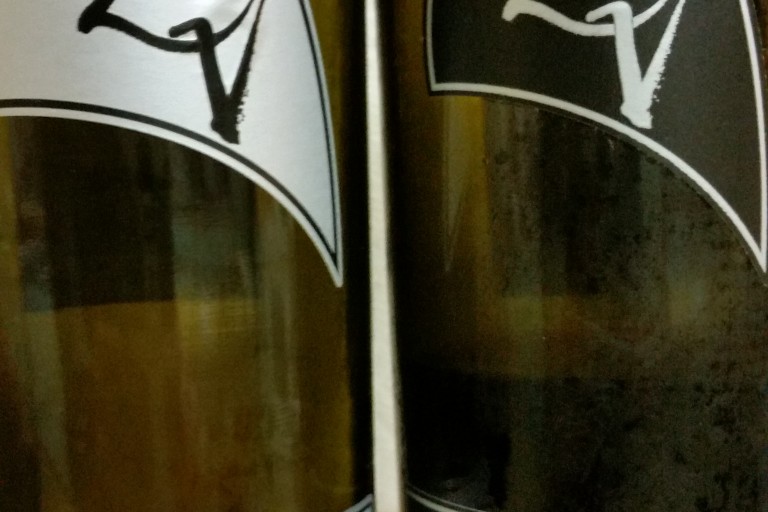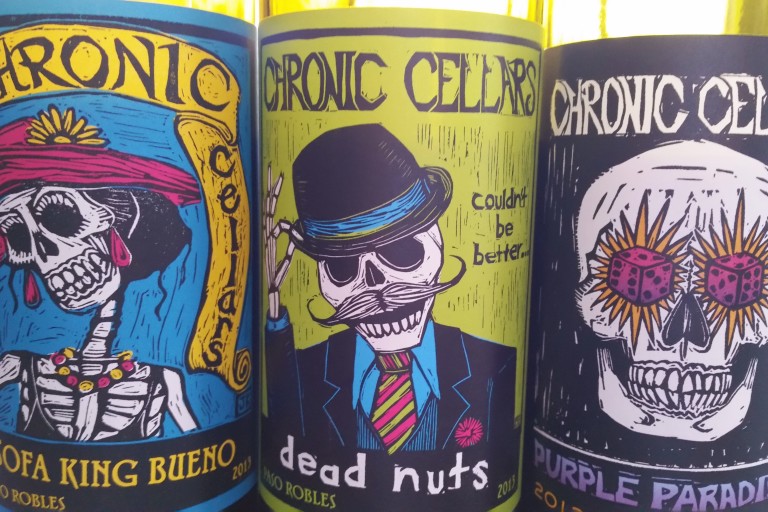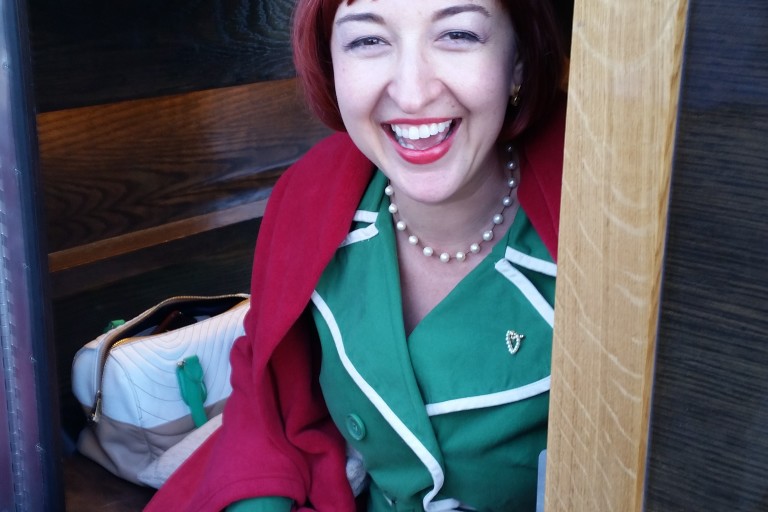With Italy producing 30% of all the wine in the European Union, four of their top regions want to educate US consumers and buyers in a 3-year program beginning this spring. Could be fun.
Four wine regions have banded together to educate us. One is the effervescent Prosecco which is skyrocketing in worldwide popularity as an every-day sparkling wine. The other three are the great red wines from Tuscany: Brunello di Montalcino, Chianti Classico and Vino Nobile di Montepulciano.
Famously enchanting Tuscany traditionally produces the well-known red wines of Chianti, Brunello and Montalcino. They are all made with the same grape, Sangiovese. Brunello, headquartered in the southern hilltop town of Montalcino, must be 100% Sangiovese. Wines from the two other regions can be 100% Sangiovese: Vino Nobile di Montalcino surrounding another hilltop town to the east, and Chianti Classico, further north, around Florence. In these two areas, depending on the vintage, a winemaker may decide that blending would enhance the wines and add as much as to 20% of certain other proscribed red grapes.
Charming, small-town-studded Prosecco is the fourth region in this promotional alliance, producing high-quality sparkling wines from the prosecco grape in an area between the alluring city of Venice and the friendly slopes of the Dolomite Mountains.
Why now? Several reasons. First, as of this year, Prosecco has achieved an upgrade, adding the designation in Italian winemaking, DOCG. This means they adhere to the highest standards of quality in the vineyards, winemaking and ageing. Brunello di Montalcino was awared DOCG status in 1980, and is a wonderful wine when made with stringent guidelines. Last year there was a public question of some Brunellos being made some “illegal†(non-Sangiovese) red wines blended in. Wines were confiscated, tests were made, and apparently the scandal has abated. Wine producers seem to have come through reasonably unscathed and re-devoted to authenticity.
In Vino Nobile di Montepulciano there is also a new spirit, not for any reasons of scandal, but rather because this region has been overshadowed by the two other red wines of Tuscany, and it’s now up to Montepulciano to begin pulling its weight again, with consumers.
Chianti Classico may be one the most familiar Italian red wines in America; it is also the oldest wine demarcated area in Tuscany. Recently, producers united under the easily-recognizable “Black Rooster†symbol to make it easier for consumers to identify these quality wines.
At VINO2010, the recent Italian wine conference in New York City, FEDERDOC president Ricardo Ricci Curbastro announced the educational initiative targeting the United States and Japan, to increase awareness of the European Union’s new wine quality designation that go into effect April 1, 2010. The funding comes half from the EU and half from the wine regions.
Curbastro described the DOP and IGP as “Protected Designation of Origen†and “Protected Geographical Indication†labels for the wines that were known as DOCG and DOC in Italy. These regions would like to convey the concept that, across the board there can be “different wines with the same philosophy†of quality, according to Silvia Baratta who handles communications and marketing for the Prosecco consortium.


